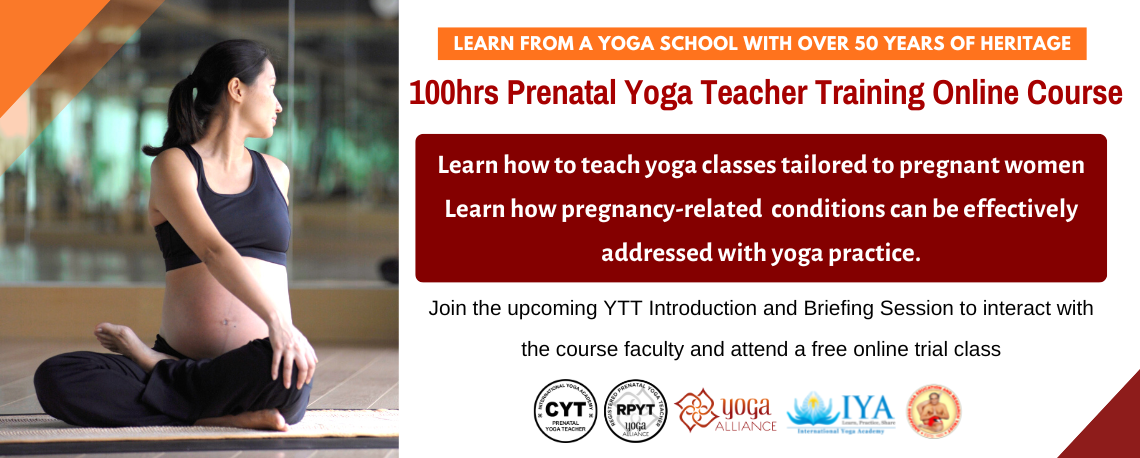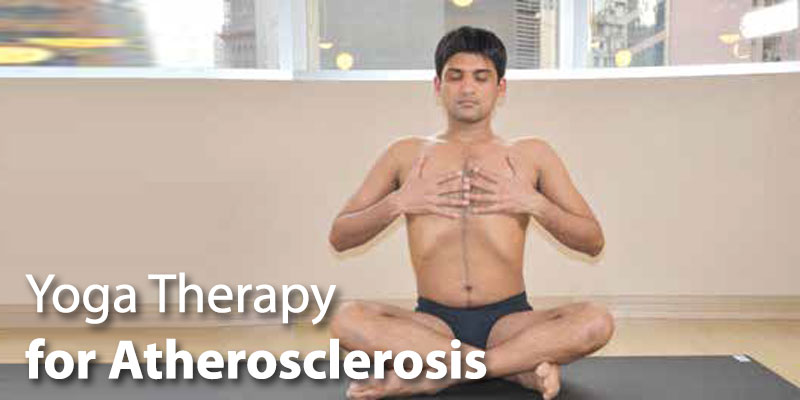Surya (Sun) Namaskaram (Salutation) is the most commonly practised yoga sequence by many Yoga traditions today. Although the sequence of Sun Salutation does not have any reference in ancient scripts, Surya Namaskaram is one of the main disciplines in the Hindu tradition and Indian System of Medicines such as Siddha and Ayurveda. Traditionally, Hindus worship the sun every morning exposing their whole bodies to the rising sun. Later, this practice was formulated as a sequence of Yoga postures. Different traditions practise different variations in Sun Salutation. This ranges from 10, 12, 14 or even 16 steps. Although the number of poses does not matter, it can be jumping castle modified according to the practitioner’s flexibility and strength. Many Yoga traditions such as Vinyasa yoga, Power Yoga start with Sun Salutation and modify the poses in the middle.

1. Eka Pada Nindra Bhekasana Standing Frog Pose – One Leg Variation
Step: Stand on your left leg and bend the right knee and hold the right foot with the right arm. Keep the left hand in chin mudrain front of your chest. Gaze forward straight to the eye level.
Breathing: Normal Breathing
Awareness: Anahata Chakra
Benefits: Good stretch for the right quadriceps and improves body balance and stability.
2.Ananda Eka Pada Nindra Bhekasana Happy Standing Frog Pose – One Leg Variation
Step: Stand on your left leg and bend the right knee and hold the right foot with the right hand. Inhale, raise the left hand up and arch back slowly as much as possible. Maintain the hips and shoulders parallel to the floor.
Breathing: Inhale, lengthen the spine and exhale, arch the back.
Awareness: Swadhisthana Chakra
Benefits: Good stretch for the right quadriceps and improves the strength and flexibility of the spine.
3.Nindra Andhar Mukha Baddha Sirsottanasana – Standing Bound head back stretch pose
Step: As you exhale, bend forward from the hips. Bring the arms around the legs and hold the head and interlace the fingers behind the head.
Breathing: Exhale
Awareness: Manipuraha Chakra
Benefits: Good stretch for the hamstrings and the back muscles. Improves coordination and circulation to the upper part of the body.
4. Baddha Pada Parsva Veerasana Bound Foot Sideways Warrior Pose
Step: Place the left leg forward above chateau gonflable the left heel and stretch the right leg back. Bend the right knee and arch the back lock the right foot to the chin. Raise the arms up and extend the spine.
Breathing: Inhale
Awareness: Manipuraha Chakra
Benefits: Good stretch for the quadriceps and improves flexibility and the alignment of the hips. Strengthens the obliques.

5. Uthitha Eka Pada Adho Mukha Svanasana – One Leg Raised up Downward Facing Dog Pose
Step: Place the palms inline with the shoulders and legs inline with the hips. Arch the chest and bring the forehead touching the floor. Raise the left leg up and extend it up towards the ceiling.
Breathing: Exhale
Awareness: Vishuddhi Chakra
Benefits: Improves upper body strength and flexibility. Good hüpfburg stretch for the right hamstrings. Improves back alignment and shoulders flexibility.
6. Eka pada Nirakunjasana Heart Pose One Leg Variation
Step: Place the knees chest and chin on the floor. Bend the right leg and hold the ankle with the right arm and raise the left leg up and hold the left ankle with the left arm.
Breathing: Normal Breathing
Awareness : Anahata Chakra
Benefits: Opens the chest and improves the flexibility of the spine. Improves circulation to the heart and lungs and rejuvenates the whole body.
7. Nirlamba Urdhva Bhujangasana Unsupported Raised Cobra Pose
Step: Move the body forward and arch the back into the full cobra pose. Engage the back, buttocks, and the thighs and raise the arms up over the head one by one. Maintain the balance.
Breathing: Inhale, lift up and exhale arch back
Awareness: Swadhisthana Chakra
Benefits: Strengthens the back muscles and the improves the flexibility of the spine. Improves whole body strength, stamina and endurance.
8. Uthitha Eka Pada Adho Mukha Svanasana One Leg Raised up Downward Facing Dog Pose
Step: Place the palms inline with the shoulders and legs inline with the hips. Arch the chest and bring the forehead touching the floor. Raise the right leg up and extend it up towards the ceiling.
Breathing: Exhale
Awareness: Vishuddhi Chakra
Benefits: Improves upper body strength and flexibility. Good stretch for the left hamstrings. Improves back alignment and shoulders flexibility

9. Baddha Pada Parsva Veerasana Bound Foot Sideways Warrior Pose
Step: Place the right leg forward above the right heel and stretch the left leg back. Bend the left knee and arch the back lock the left foot to the chin. Raise the arms up and extend the spine.
Breathing: Inhale
Awareness: Manipuraha Chakra
Benefits: Good stretch for the quadriceps and improves flexibility and the alignment of the hips. Strengthens the obliques.
10. Nindra Andhar Mukha Baddha Sirsottanasana Standing Bound head back stretch pose
Step: As you exhale, bend forward from the hips. Bring the arms around the
legs and hold the head and interlace the fingers behind the head.
Breathing: Exhale
Awareness: Manipuraha Chakra
Benefits: Good stretch for the hamstrings and the back muscles. Improves coordination and circulation to the upper part of the body.
11. Ananda Eka Pada Nindra Bhekasana – Happy Standing Frog Pose – One Leg Variation
Step: Stand on your right leg and bend the left knee and hold the left foot with the left hand. Inhale raise the right hand up and arch back slowly as much as possible. Maintain the hips and shoulders parallel to the floor.
Breathing: Inhale lengthen the spine and exhale arch the back.
Awareness: Swadhisthana Chakra
Benefits: Good stretch for the right quadriceps and improves the strength and flexibility of the spine.
12. Eka Pada Nindra Bhekasana Standing Frog Pose – One Leg Variation
Step:Keep the back straight and place the right hand in chin mudra in front of your chest. Gaze Forward straight to the eye level.
Breathing: Normal Breathing
Awareness: Anahata Chakra
Benefits: Good stretch for the right quadriceps and improves body balance and stability.
It is good if you can practise Sun Salutation facing the rising sun in the morning and setting sun in the evening. Although Sun Salutation is a good start for Yoga practitioners as a self practice, people with injuries and medical conditions must practise it under expert guidance. Kids will enjoy this practice as it is fun to move around and easy to remember. Every month we will feature different variations of Sun Salutation and tips.
Tips:
1) This month’s sequence is targeted at the intermediate to advanced level yoga practitioner.
2) As this sequence involves many advanced back ward bending movement a good warmup in the quadriceps is necessary to avoid compression of the spine.
3) Maintain normal breathing as you are holding the poses longer than 3 seconds.
4) Keep the eyes open in the balancing poses to prevent falling.
5) Practice twisting poses as warmup and cool down for this sequence of Sun Salutation.


















 Other
Other